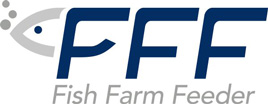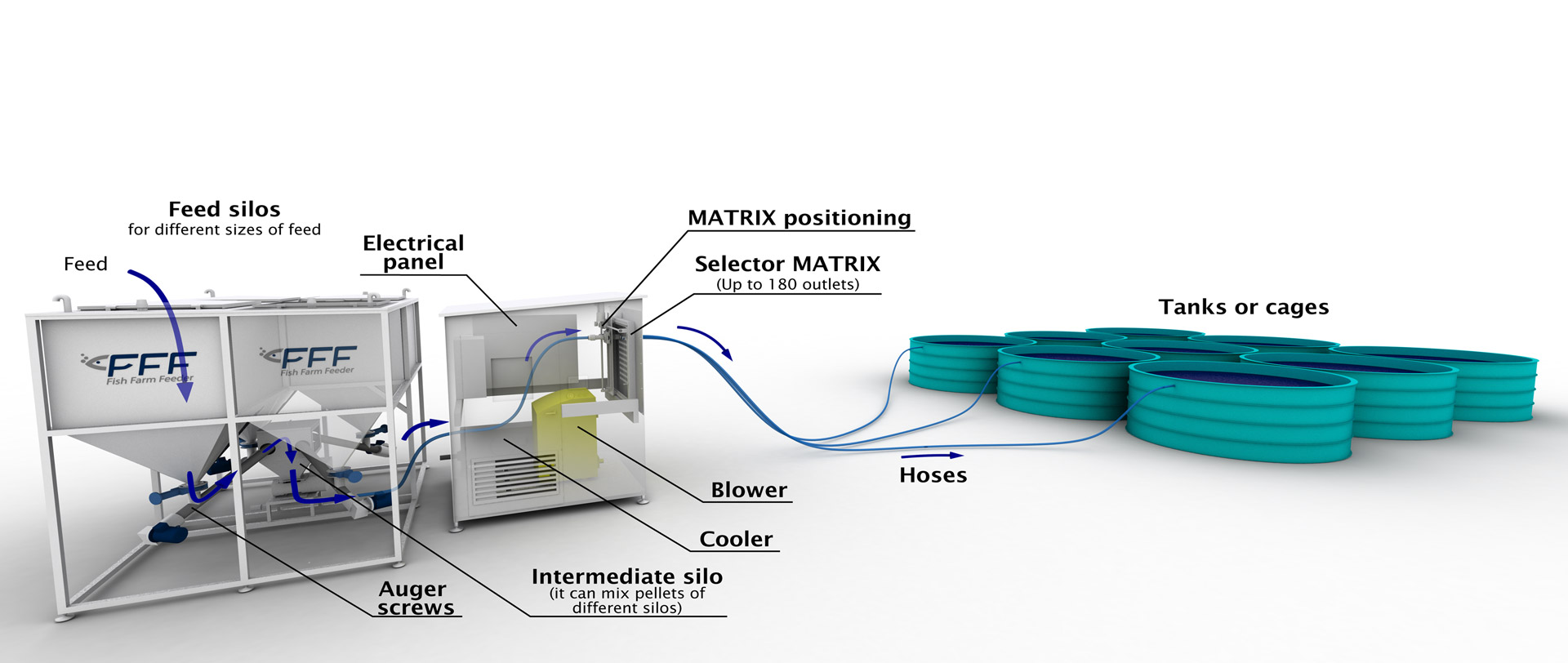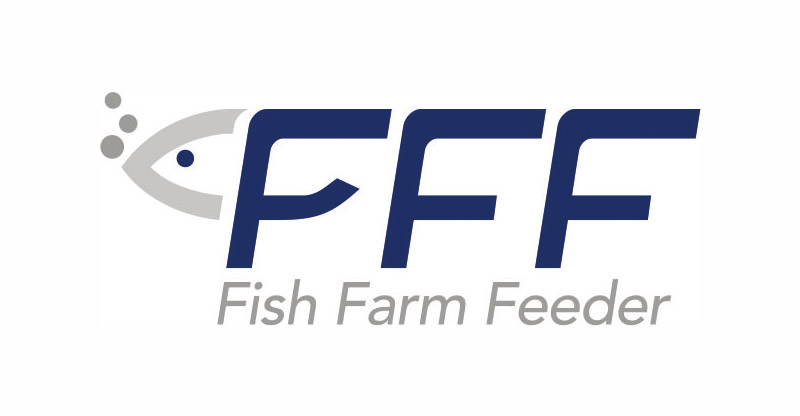Configure Feeder
Configure Feeder
As our feeders are custom-made, please, share with us information about your feeding requirements, so we can pre-design your feeding system:
Feeding requirements
Feeding requirements
The number of tanks influences the number of outlets of the feeder. Normally the number of outlets respects the number of tanks or cages. This way your feeding quantity (dose) can be modified individually for each tank.
The minimum amount of feed that is required to deliver to tank in a day helps to size the components of a feeder.
The maximum amount of feed that is required to deliver to tank in a day helps to size the components of a feeder.
This information, in combination with other data, helps to define the number of feeders that will be necessary to meet the feeding requirements.
Information that allows us to estimate the maximum number of doses to distribute in a day.
Normally each feeder should have at least the same quantity of silos as the number of different feed pellets. The size of each silo will be calculated by FFF (based on feeding data provided above).
The variety of pellets helps to define how many automated feeding systems are necessary.
Based on this information we calculate the time that the feed will need to travel from the feeder location to the last tank and so know the dose limit that can be supplied per day.
This information helps to know the maximum volume of fish production and to reflect the feed demand when designing the automated systems.
Indicating the type of fish or shrimp species allows to estimate basic feeding data.
This information helps to better understand the feeding requirements of the fish farm.
The type of species of fresh or saltwater provides data to define the material from which the automated feeding system is manufactured.






